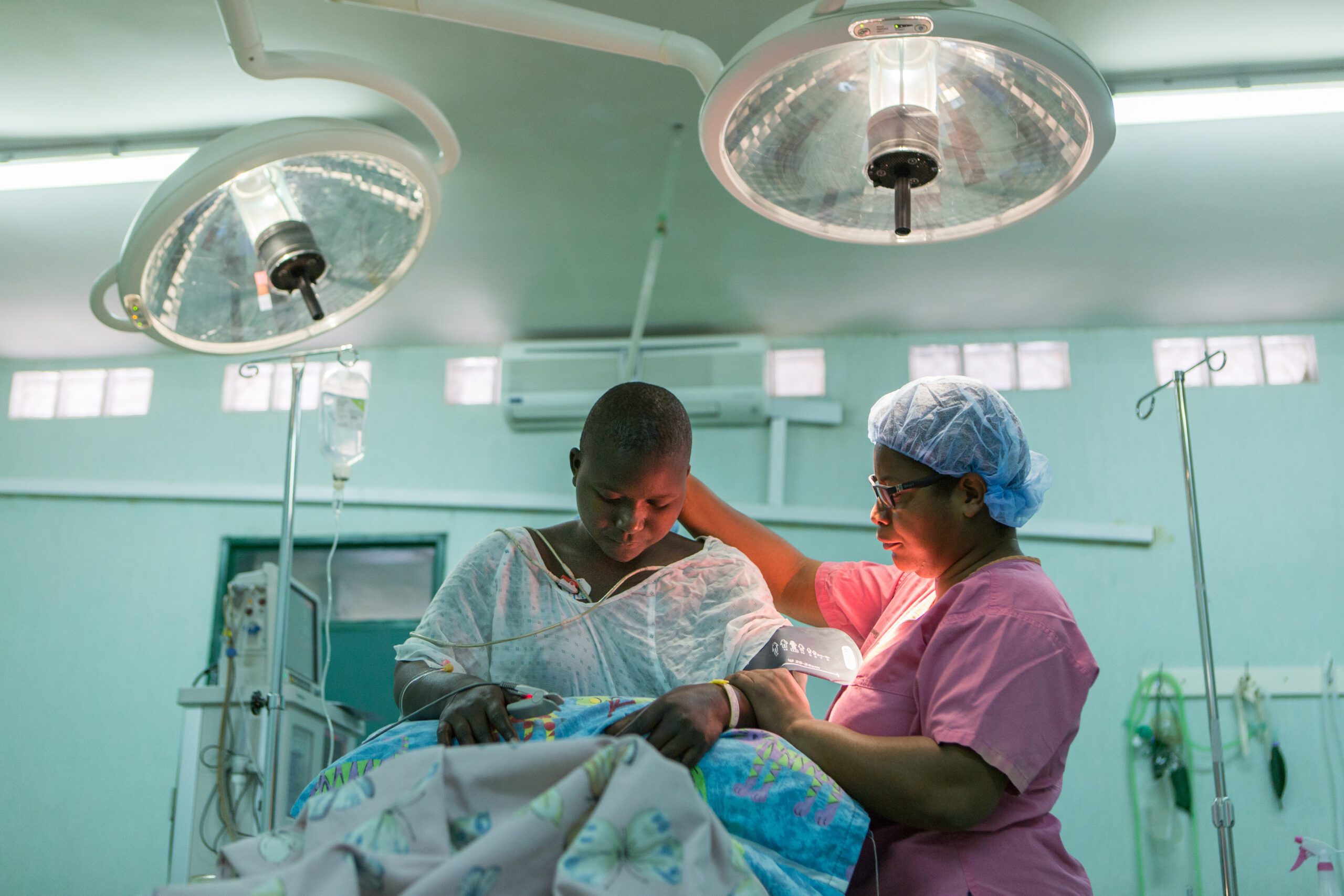Pollicization of index fingers for bilateral hypoplastic thumbs of twin babies: Case series at CURE Children’s Hospital of Ethiopia
Abstract: Thumb hypoplasia is a congenital birth defect in which a child is born with an underdeveloped or missing thumb. It is a rare condition affecting approximately 1 in 100,000 live births and occurs equally in both males and females. Pollicization is a surgical procedure used to treat severe thumb hypoplasia by transferring another finger to the thumb position.
Twin girls aged two years and eight months, born to a 42-year-old para III mother, presented with bilateral thumb hypoplasia. There was no family history of similar complaints, and no consanguinity was identified between their parents. After excluding other associated anomalies, index finger pollicization was performed for all four hands of the children according to modified Buck-Gramcko techniques, with modifications from Ezaki et al.
Generally, index pollicization executed with careful preoperative, intraoperative, and postoperative planning will lead to aesthetically and functionally attractive thumbs for children with congenitally severe hypoplasia or absent thumbs.























